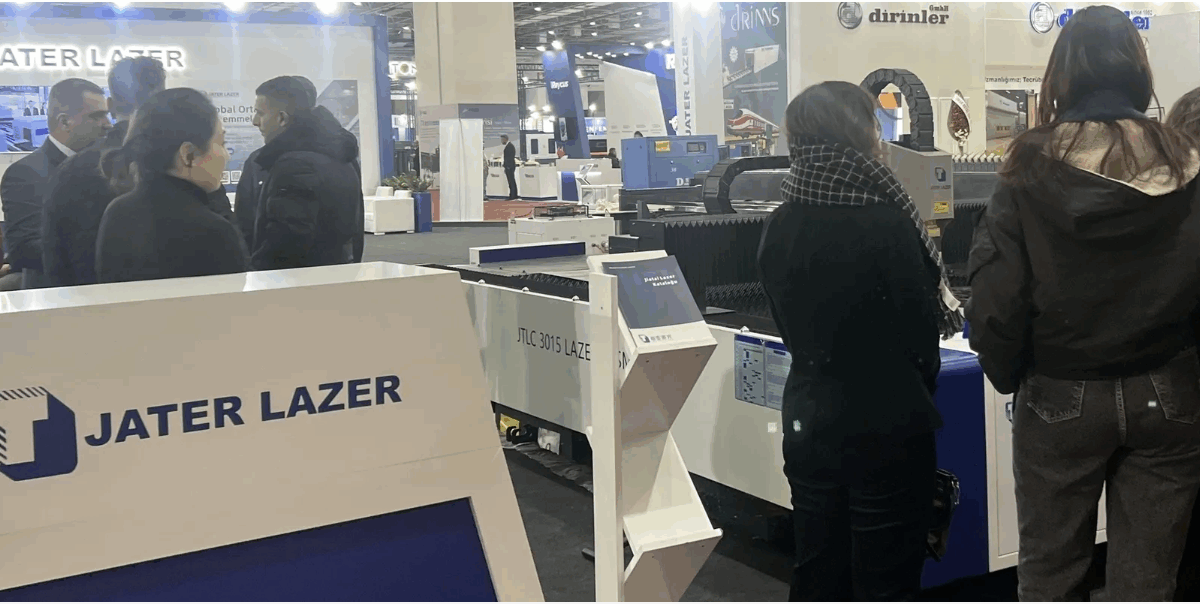- October 9, 2024
- No Comment
Why Is Bandsaw Blade Tensioning Important?

Presented by: Excision
Bandsaw blade tension might seem like a small thing, but it could hurt you in the long run if you don’t pay attention to it. Having the correct tension can reduce chattering, improved accuracy, and give you a nicer finish. In fact, we say it solves up to 90% of all bandsawing problems.
How often do you pay attention to the tension of your bandsaw blade?
I’m guessing you might be saying “never” or even, “what is bandsaw blade tension?”
If so, you’re likely unaware that bandsaw blade tension can have a big impact on the economics and the quality of your bandsaw cutting.
It’s often overlooked – at a cost.
Correct bandsaw blade tensioning is the cornerstone of overcoming a large majority of bandsaw blade challenges – and it’s a simple (but still effective) fix that you can make in only a couple of minutes.
So, why is bandsaw blade tension important?
The tension of a bandsaw blade has the ability to significantly influence the blade’s life, accuracy, and quality of cut.
Proper tensioning prevents the blade from chattering during operation and maintains its true alignment on the wheels – this is essential for keeping the blade running smoothly.
Put simply, when the blade is tight it doesn’t have any room to wander or flex during the cut, meaning that the pressure is applied evenly across the blade. It also means that it can’t deviate during the cut which will allows for straighter cuts.
Because of this, a correctly tensioned blade can get significantly greater blade life, as well as deliver higher-quality cuts.
At Excision, we say that getting your tension correct can solve up to 90% of all bandsaw blade problems, which means you should be getting it right.
Correct tensioning can solve up to 90% of all bandsaw blade problems
How do I know what my tension is?
If you want to test what tension you’re getting on the blade, there are two simple ways to do this.
1. Using a tension meter gauge
Using a tension meter gauge is the most accurate way to test tension on your bandsaw blade.
- Make sure the machine is turned off
- Release any tension on the blade, until it’s loose
- Fit the gauge – tighten kip nut on fixed leg first, then on the moveable one
- Zero the gauge
- Increase the tension (go a bit further than you usually would)
- Check the gauge – if it’s past 250MPa it’s well tensioned
2. Using your hand
This is a more rudimentary means of testing it, but if you don’t have a tension meter gauge, or just want to do a quick test after you’ve changed your blade, then this is a good method.
- Make sure the machine is turned off
- Tension the blade to the level you’d usually do it
- Place the palm of your hand on the back of the blade in between the blade guides
- Push down as hard as you can – if you get any more than 2-3mm of downward movement, your blade doesn’t have enough tension on it
How do I increase the tension?
Using In-built tensioning
All modern bandsaw come equipped with tensioning mechanism that allow you to adjust blade tension easily. Adjusting your tension is pretty simple, although some higher-end bandsaws do have limit switches that need to be depressed before you can start cutting.
To increase the tension, all you need to do is turn the dial clockwise, until you get into the recommended range.
But if you’re not getting enough tension, and you can’t turn the dial any further, you have only one option.
Getting smaller blades
Bandsaw machines have a tolerance of 5-10mm for blade sizes, because the tensioning mechanism allows for this. However, if your blade size is slightly too big, this means that the bandsaw doesn’t have enough capacity to get enough tension.
So, if you’re unable to get enough tension on your blade, we recommend you choose a blade that is 5 10mm smaller in length.
For example, if you currently use a blade that is 2480mm long, then you would choose a blade that is 2475mm long.
You might be saying “but I’ve always used the same length!”
This might be true, however getting optimal bandsaw tension will be worth making the change.
A note on bandsaw quality
Some bandsaws are restricted in their ability to get good tension, depending on their quality.
High quality machines such as Excision have heavy cast iron bows, and strong internal tensioning mechanisms that allows them to achieve high tension.
On cheaply made bandsaws, it is often hard to achieve high tensioning, leading to decreased blade life and less accurate cuts.
Pay attention to blade tension
In short, paying attention to blade tension will pay dividends over the long run.
It’s a simple thing that could transform the quality of your cuts and give you less issues.
If you’re having issues with your bandsaw blades, don’t hesitate to reach out! We have technical assistants throughout Australia ready to help.




